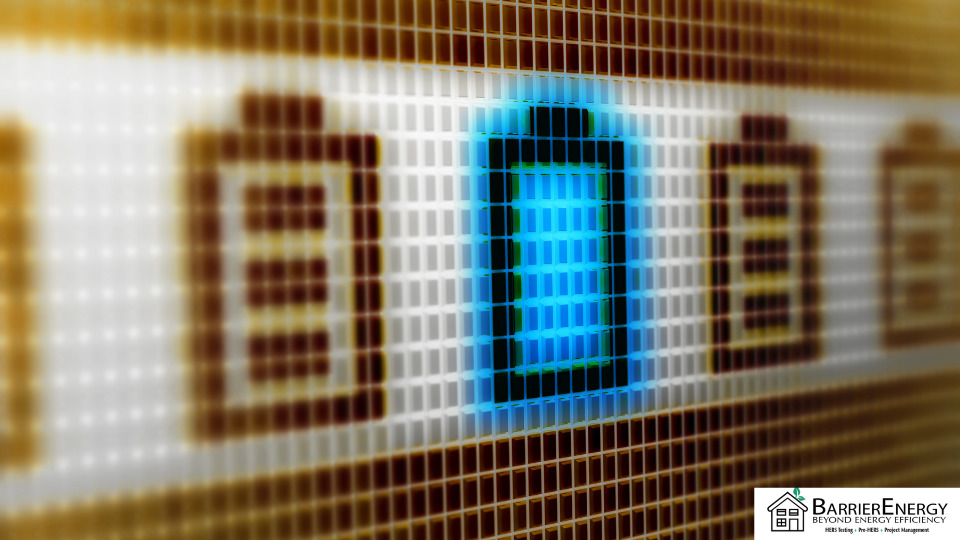Centralization:
California is experiencing rolling blackouts throughout the state during a time when we are experiencing both heat waves and a pandemic. Energy is the most necessary resource in society today! We depend on energy to keep us warm, keep us cool, help us travel, and so on. You can see how blackouts pose a major threat to safety. PG&E controls the switch in San Francisco that decides who has access to power and when. This is leaving between 1-2 million people without access to power, such as AC. What a perfect example of exactly what’s wrong with highly centralized, inflexible mega-structures. Utilities decide when the residents of California can have access to power. Why you may ask, is centralization responsible for these blackouts? Well, when you look at the facts, centralization seems to be the culprit.
Centralization is the concentration of the control for providing services and goods under a singular authority or system. Some examples include grocery stores (as opposed to local farmers’ markets) and gas & electric supply companies (as opposed to individual solar systems or other micro-grid solutions). Often, people believe that the centralization of power production and distribution is most helpful to consumers. Some of the reasons people support centralization are larger profit margins for big businesses, large-scale accessibility, and security. But what California is currently facing is proof of why this isn’t always the case.
Diagnosing the Problem:
There are three main reasons blackouts have continuously plagued California. Either natural disasters, the demand for energy, or safety concerns have been affecting the energy distribution system.
Unfortunately, as we see more drastic weather patterns due to a warming climate, we will undoubtedly see more natural disasters such as wildfires. High heat and low humidity cause fires that seem to be constantly blazing in the summer. Now, these record-setting wildfires are at an all-time high. To make matters worse, rain after such extreme erosion then can create mudslides. From earthquakes to droughts, California experiences many emergencies which cut consumers off from the grid. When the power lines are damaged, only people with self-contained energy sources are getting by. The time it takes to get help is too late for many.
Intense heat and droughts can have other consequences, as well. Too much demand for power causes strain on the grid. Simply put, there is not enough energy to help California cope with intense heat in peak seasons. After all, California is mostly desert. Once everyone turns their AC full blast, the system becomes overwhelmed. Consequently, the utility companies run out of power for residents. This raises another serious health threat. People rely on temperature control to prevent heat-related illnesses.
Finally, the grid is often shut off as a preventative measure. As it turns out, it’s a huge fire hazard to send power over large distances in the drought-prone landscape of California. Sparks pose a risk in an often windy backcountry. When fire warnings reach the danger zone, utilities can shut off power to lower the risk of wildfires. Our current energy system is dangerous in a parched environment.
How Can We Solve California’s Energy Blackout Pandemic?
Despite the issue, there is one viable solution. We currently possess the technological ability to power homes and communities on-site. Currently, there is a movement towards smaller, localized power grids. Known as “microgrids,” they represent an opportunity to move toward decentralized energy. In this energy model, an individual can instantly disconnect from the grid into “island-mode.” The concept behind a micro-grid is for property owners to produce, store and distribute energy locally. Ideally, they would use green alternative energy sources, like wind and solar.
Since microgrids serve smaller communities, there is less need for power to be run across distances. During peak seasons when the weather is the most extreme, California residents would be able to generate their own energy and wouldn’t be stuck without AC. There will be less stress on the central utilities, which consumers could still use a majority of the time. Many areas of California are abundant with solar and wind power, which means opportunities for energy production.
Plus, there are financial benefits to using micro-grids and keeping control of them within the jurisdiction of localities. On a large scale, communities and even states can benefit from longer-term energy savings once the infrastructure is in place. Our current system is wasteful and outdated. Somewhere around 8-15% of energy is lost as heat when traveling through power lines.
In conclusion, micro-grid technology puts the power back in the hands of the people (pardon the pun). This solution could potentially create more jobs within local communities rather than at far-off distribution plants. It creates independent energy resilience for communities that might otherwise be subject to shutoffs.
BarrierEnergy’s Role:
With this in mind, BarrierEnergy has a deeper appreciation for codified laws only Building Standards. They require all new homes in California to start implementing solar while reducing energy usage. As HERS Raters, it’s our job to enforce energy compliance. Furthermore, we complete optional Energy Assessments to demonstrate how much owners can save with efficient upgrades. Contact us today and we will get you on track to energy efficiency, the first step to energy independence.


Recent Comments